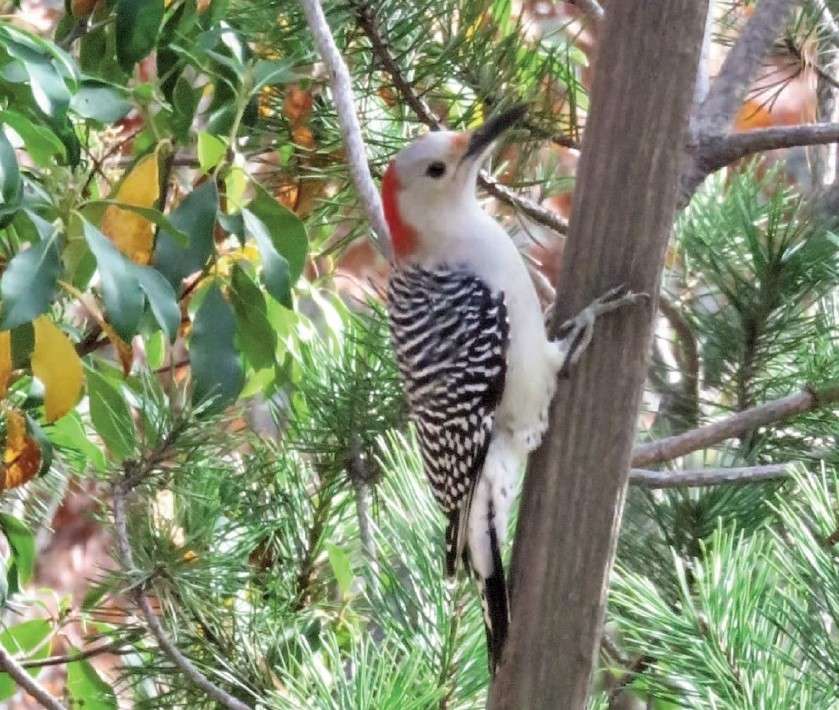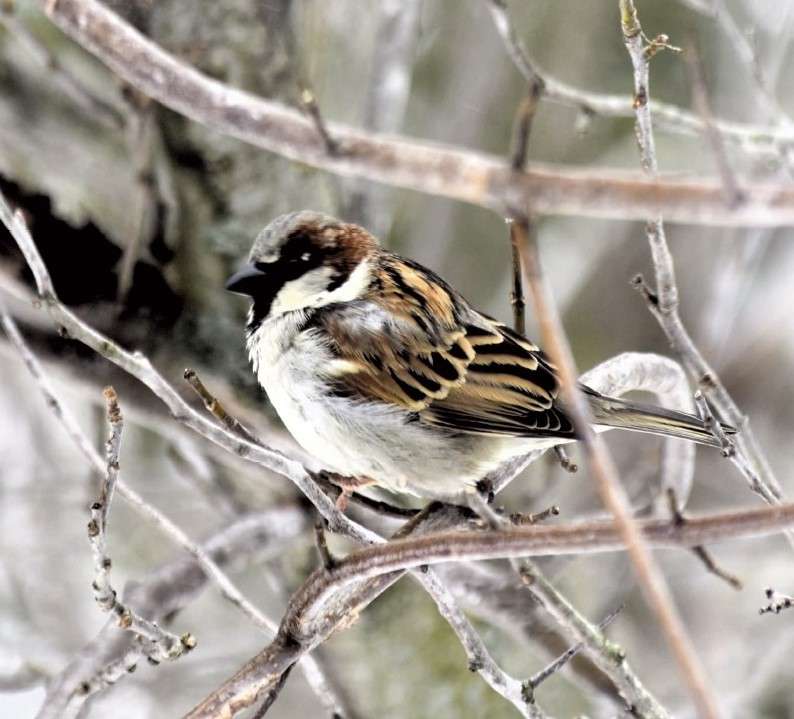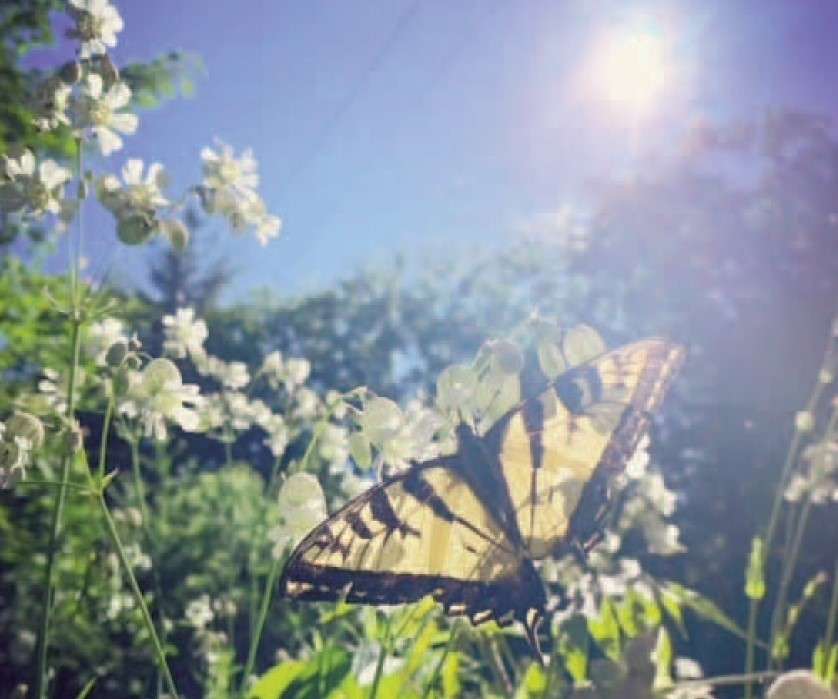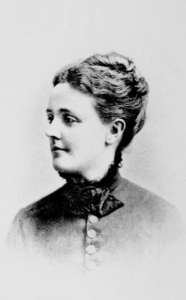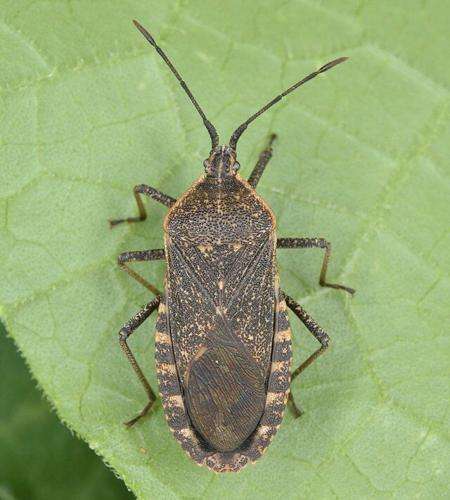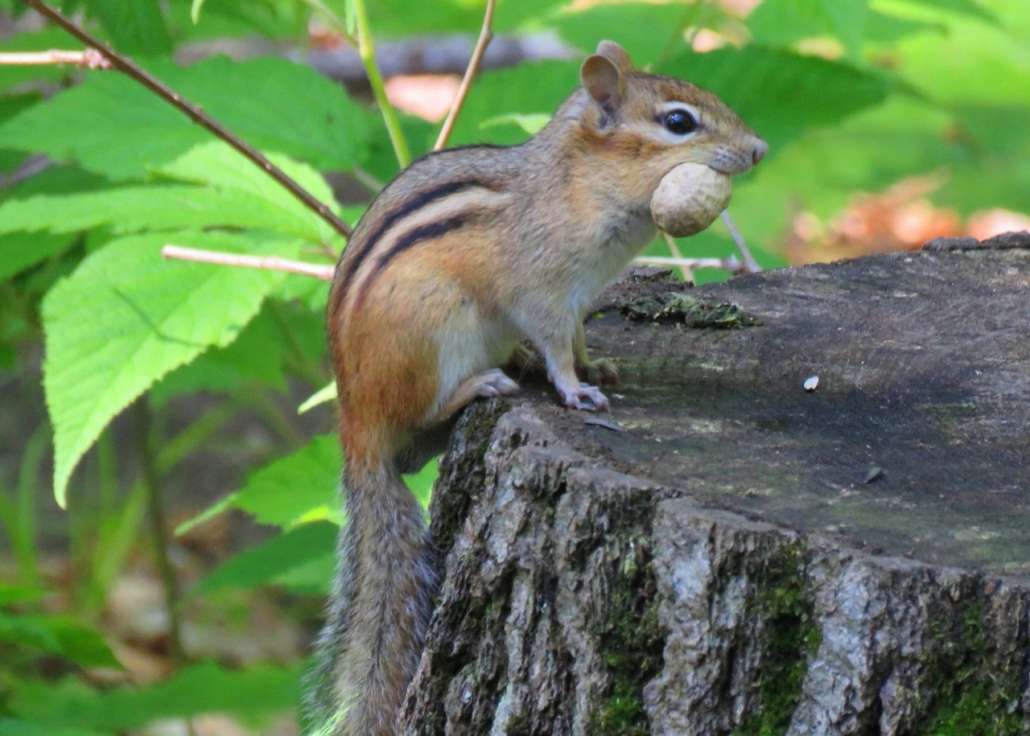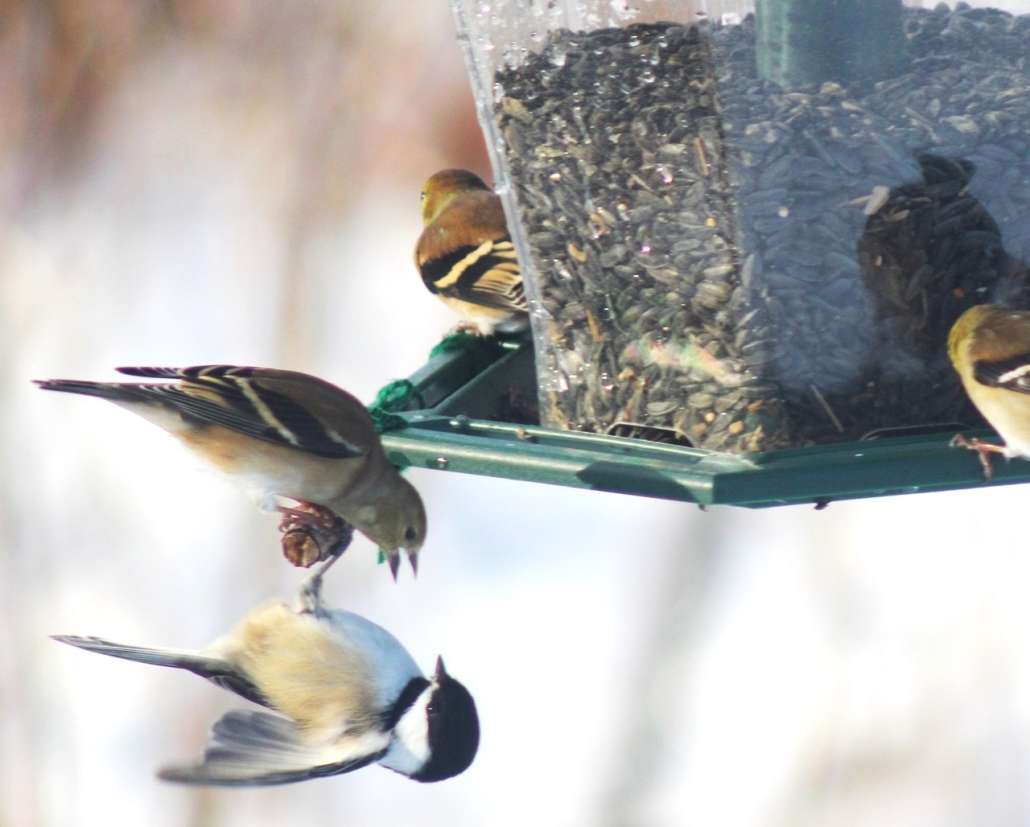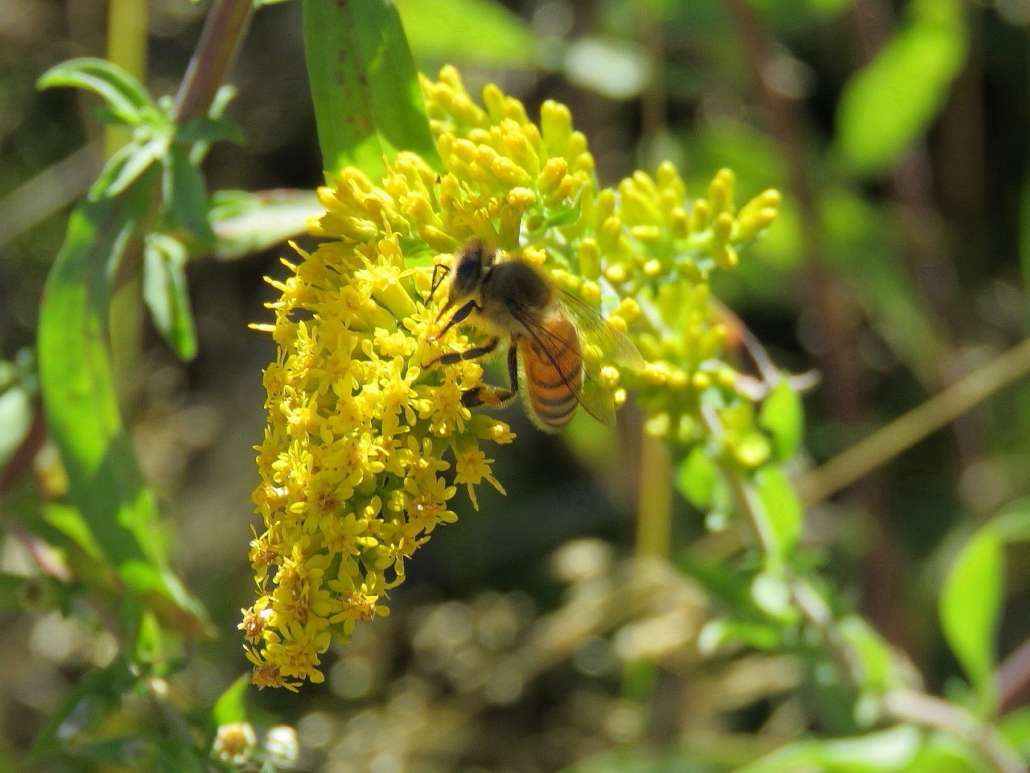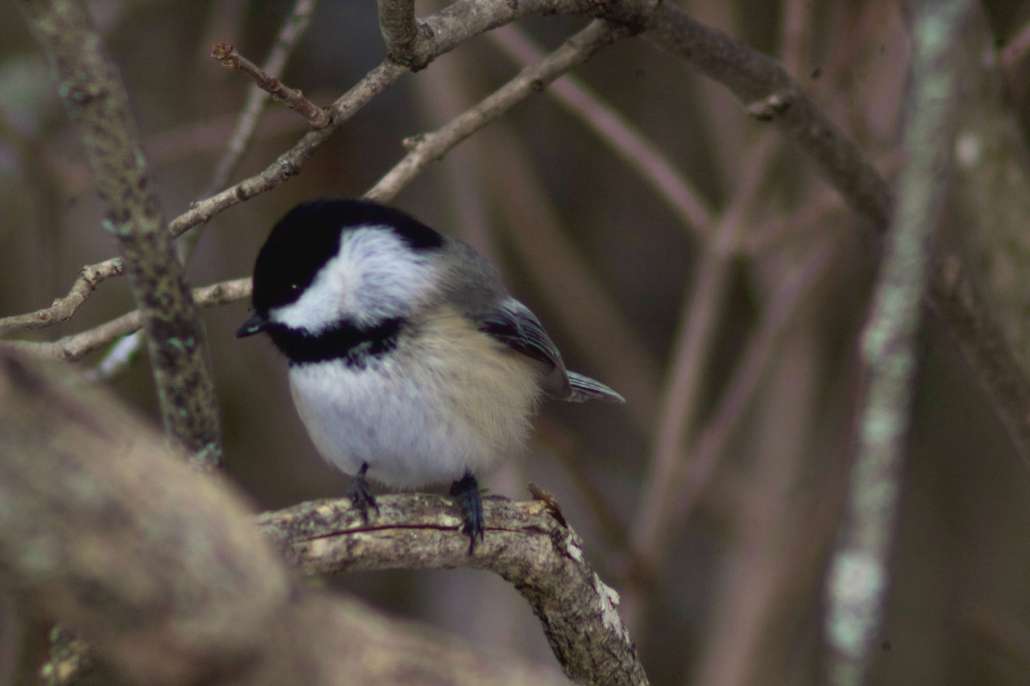
An iceberg floats past a village in Newfoundland. (photo by Terrance Klassen)
A strange phenomenon occurs every spring in the north Atlantic. Large icebergs come floating down the south shore near Ferryland, Newfoundland, Canada. People journey to the site – some traveling thousands of miles – to see this spectacle.
For the locals, it’s no big deal. But for others, seeing them for the first time, it’s a breath taking sight.
Slowly, an entire flotilla of massive chunks of ice several stories high gradually make their way south from Greenland.
Most years, hundreds of icebergs break off from glaciers and their one- to three-year nomadic journey begins. If the winds are favorable enough, they reach “iceberg alley,” an area of the Atlantic that roughly stretches from the coastal waters off Labrador, in Canada, south along Newfoundland.
In 2019, 1,500 icebergs were sighted.
Meteorological and oceanographic conditions – wind direction, ocean currents and air and sea temperatures – play a role and impact the flow of the icebergs, determining how big a show Mother Nature will put on each year, according to the U.S. Coast Guard International Ice Patrol, which monitors the area off Labrador and Newfoundland for icebergs.
The icebergs have become a major attraction, giving rise to some iceberg tourism and delivering lucky spectators with a front-row seat to an unusual parade.
Tour boats actually venture out for a closer look at any number of the many icebergs. However, they never get too close in case the icebergs continue to break up.
Speaking of boats, could it be possible that one of these giant icebergs was responsible for the sinking of the RMS Titanic? The sea disaster happened on April 14, 1912, in the north Atlantic when the British luxury passenger cruise liner collided with an iceberg off the coast of Newfoundland. The timing would be right.
These gigantic icebergs in Greenland can reach up to 300-feet above sea level. That, plus most of the icebergs are not visible, with 90 percent of an iceberg’s size beneath the surface. Some take on odd shapes as they melt, even looking like ice castles by the time they pass along the Canadian shore.
As many enjoy the icebergs and all of what they have to offer, some are concerned, hoping that future generations will be able to marvel at these giants of nature as many do today.
They should be enjoyed while they last, with the current climate changes, there’s no guarantee we’ll see this spectacle in years go come.
Where to Watch
Iceberg Alley stretches from the coast of Labrador to the southeast coast of the island of Newfoundland. Some of the more popular places from shore, or from tour boats, are (from north to south): St. Lewis, Battle Harbour, Red Bay, Point Amour, St. Anthony, La Scie, Twillingate, Fogo Island, Change Islands, Bonavista, St. John’s / Cape Spear, and Bay Bulls / Witless Bay. All of these locations are accessible by road. The first four, which are on the coast of southern Labrador, can be accessed by car ferry from the island of Newfoundland year round. The further north, the longer the iceberg season.
Time of Year
The icebergs come through Iceberg Alley from spring to early summer. As you move north, the season stretches a bit longer. April and May are the months when bergs are most plentiful, but they may be locked up in sea ice, so it is suggested late May and early June for best viewing.
Are you planning a vacation to Newfoundland, yet?
So, you thought he was wrong
I’ve heard it, and even half expected it. Back on February 2, my weather prognosticating groundhog, Woodrow Charles, predicted six more weeks of winter. Everyone snickered when March came in like a lamb, and the weather just continued to improve as the month went on, to the point that by the first day of spring, there was not a snowflake to be found anywhere. My crocuses and tulips are up, my rhubarb had broken ground, even my lilac tree showed some buds. My friend the groundhog had been wrong. And then came March 23. Six weeks following February 2, a major snow occurrence, and March is going out like a lion.
Roland’s trivia question of the week:
This New England Patriots QB holds the team record for most passing yards in a season. Who is he?
Answer
Drew Bledsoe 4,555 in 1994.
